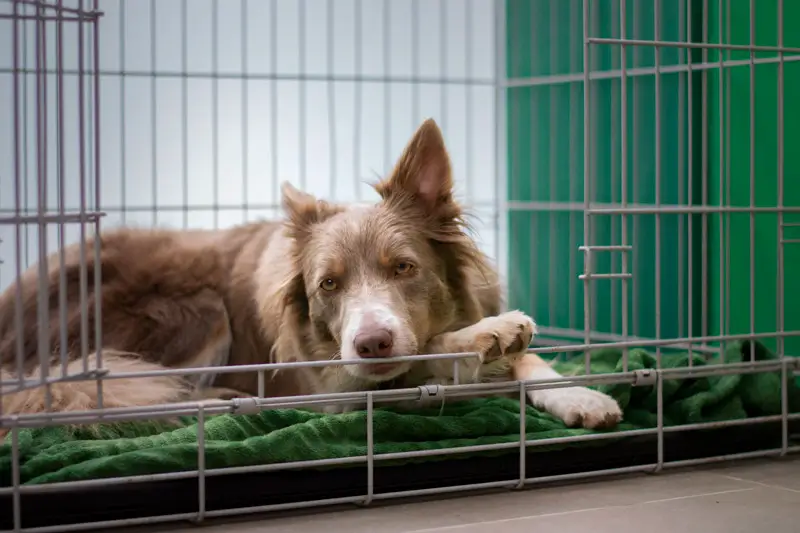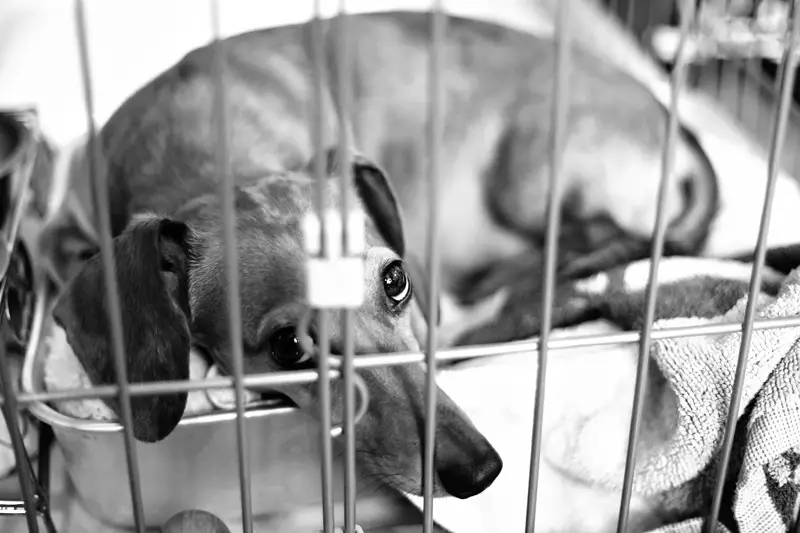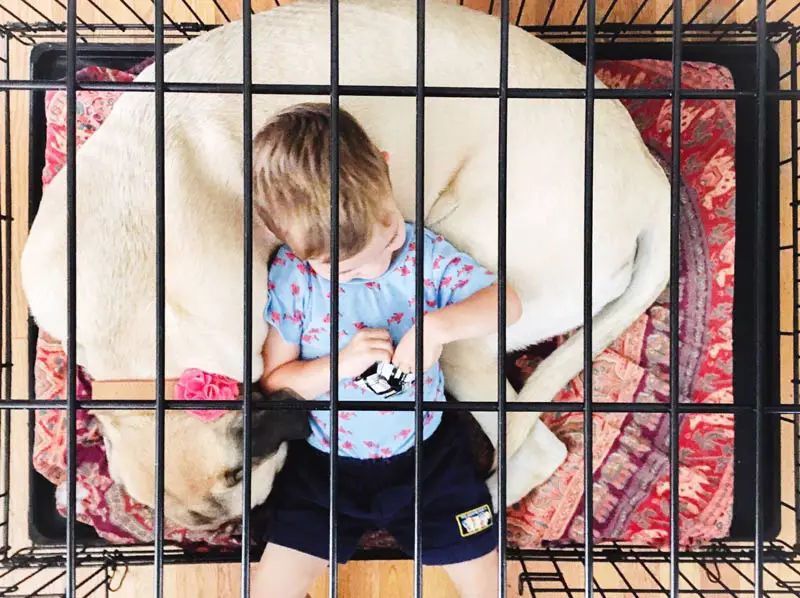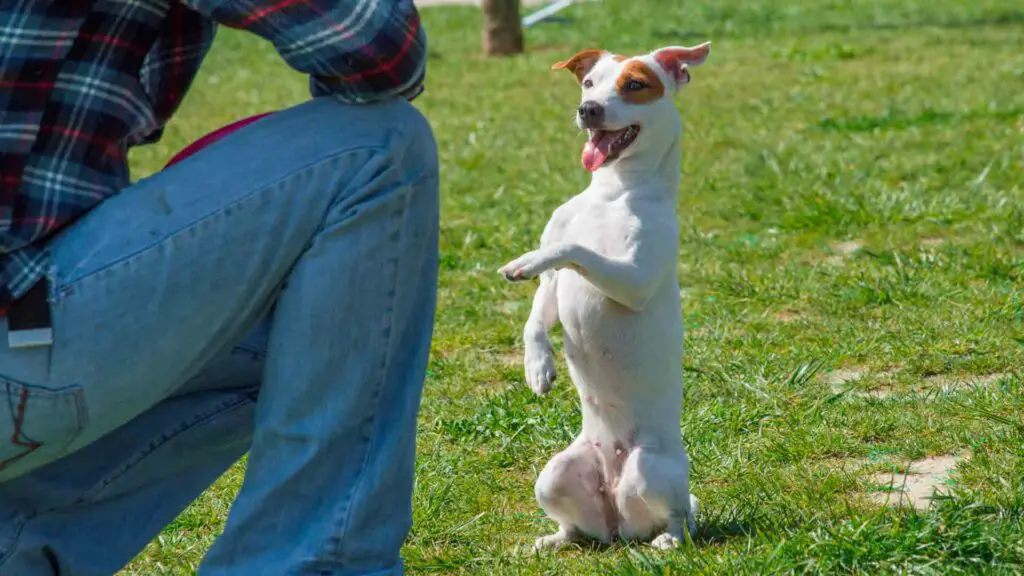Make/buy a stronger crate

Once the lock is secure enough (or you think that your lock is not vulnerable), it is wise to consider upgrading your crate. A soft-sided type is too weak to contain persistent dogs.
Luckily, there is a way to make it stronger by zip-tying the sides together. Obviously, this will not work for a strong dog, but it can be a cheap and temporary solution. The best crates (in terms of strength) are the military crates. Made with reinforced metal and escape-proof locks, they are basically invincible.
But you should always be cautious when buying a stronger crate. It should not be your number one priority. If a dog tries to escape due to separation anxiety, a stronger crate may only make it worse (or even injure your dog).
Therefore, I would only recommend using these types of crates only while you get professional help or you have a plan to battle the root of the problem.
Make the crate more comfortable
The next step would be to make a crate as comfortable as possible for your pet. To make it softer, place some soft bedding and nesting material.
If your dog has separation anxiety, place something that smells like you (T-shirt, blanket). It will comfort them when you are away more than you know. As we all know, smelling is the main way dogs explore their surroundings.
Giving them a favorite toy would be a good idea as well. It is both comforting and will also provide some entertainment. Puzzle toys are especially effective if your dog feels bored inside of a crate.
Try to minimize loud noises in your surroundings. This can be done with white noise machines or fans. It will prevent your dog from escaping the crate in response to phobia.
Not to mention that you should place your dog’s crate away from vents or radiators so it is not too hot inside.
Exercise
The final and most important point I want to make is that exercise is key. Simply buying a new lock and a stronger crate will not prevent your dog from feeling insecure inside of a crate. The goal is to build positive associations with entering a crate.
Always remember that even rare and occasional negative experiences stick for a long time in a dog’s mind. Let your dog go to a bathroom before letting them into a crate for a large period of time. There is nothing worse than needing to go to the toilet when you are in a confined place.
Also, make sure that you provide enough opportunity for mental and physical stimulation before crating. This will relieve some anxious tension.
Keep the crating hours reasonable. It is recommended that dogs should not be inside for more than 8 hours during the day. But this is the absolute maximum. When you trust your dog enough not to destroy all of your furniture, shorten these hours. To make positive associations with a crate, feed meals in it.
However, don’t use treats as a way to lure your pet inside, as this will create a sense of betrayal. You can also try hiding treats inside of it. Don’t use a crate as a punishment.
Remember that it is a dog’s personal space; therefore, they should not be disturbed once they are inside it. Treat it like a separate, small apartment.









